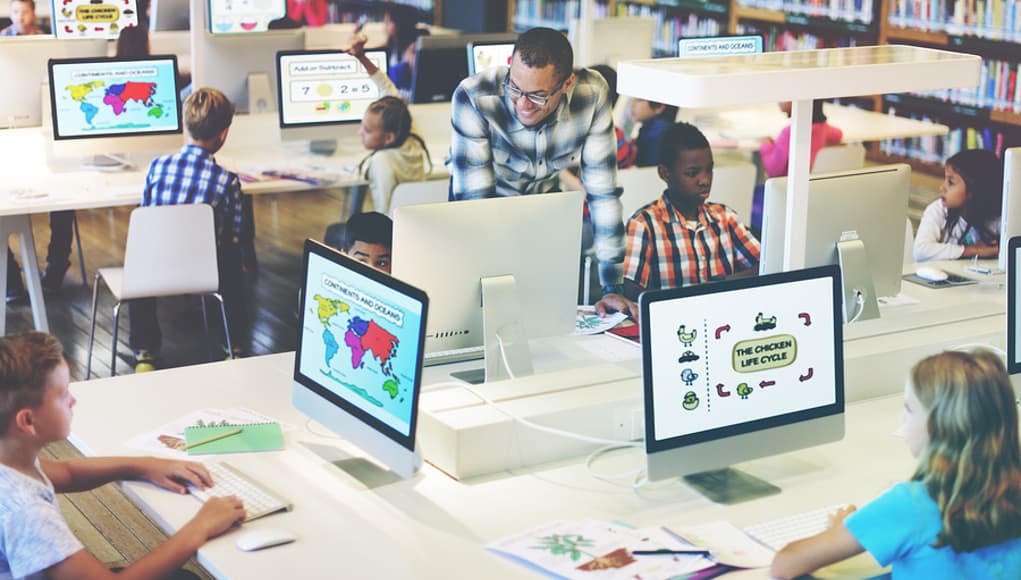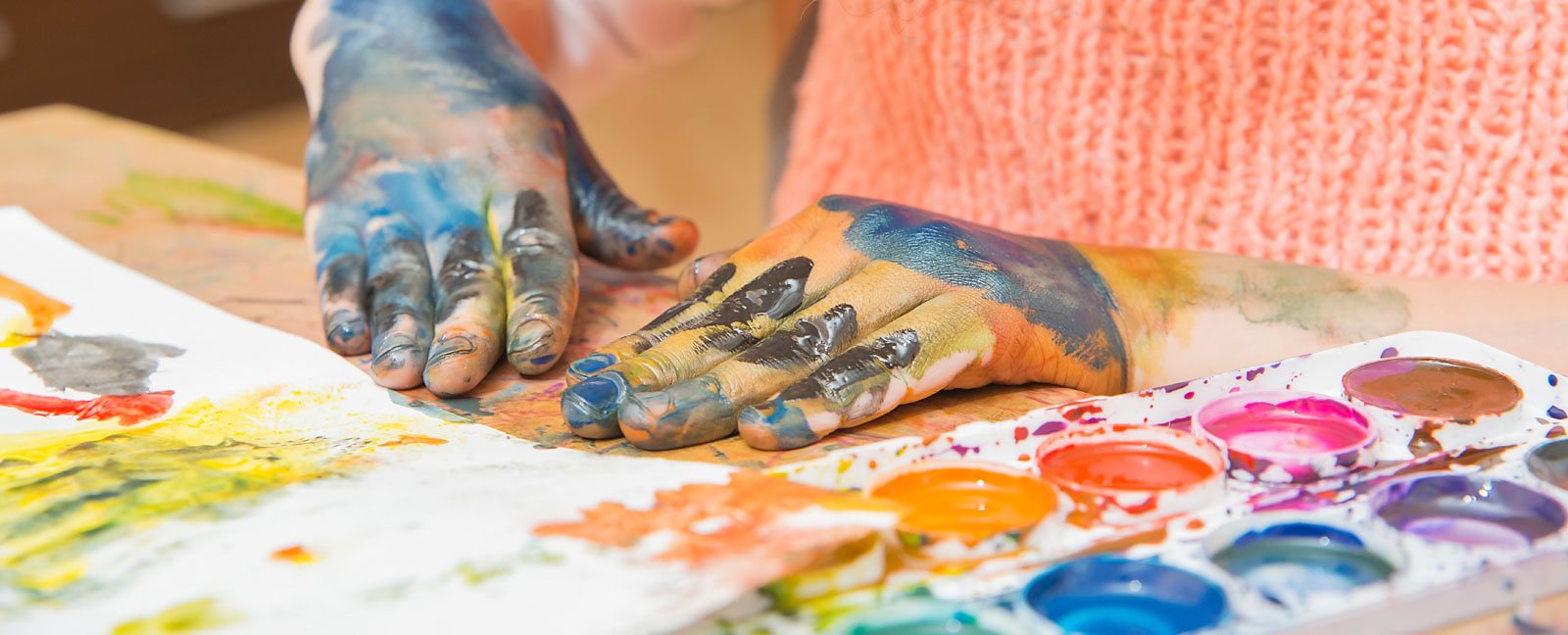Digital What? Oh… Digital Citizenship!

Digital citizenship… how interesting is it that in today’s world, we are able to teach our students about it. There are so many important elements to digital citizenship, as per Ribble, which include:
- Digital access
- Digital commerce
- Digital communication & collaboration
- Digital etiquette
- Digital fluency
- Digital health & welfare
- Digital law
- Digital rights & responsibility
- Digital security & privacy

Now, what does this even mean in the classroom? Where does a teacher even begin to incorporate digital citizenship.
Before I can incorporate it into the classroom, I need to understand what all of this means. With Katia’s slides, I was able to gain an understanding of digital citizenship.
The article, The IRL Fetish, makes some great points about digital use and social media. It is mentioned, “that our lived reality is the result of the constant interpenetration of the online and offline”. This is important to teach the students and to allow them to have digital use privileges in the classroom. To use this in the classroom, students could document their learning. This way, students are experiencing things offline and sharing them online for their families to see.
For the sake of time (and length of a post), I am only going to focus on the subject Arts Education in relation to digital citizenship. Since I plan to teach grade one, the curriculum outcomes will be in relation this grade level. enough chit chat though, let’s get talking!

Arts Education
In Arts Education, digital etiquette could easily occur. The understand section for Kindergarten to grade 2 states “I can communicate with actual people in both person and online”. So, lets find a few outcomes and indicators incorportating digital citizenship and Arts Education.
- Outcome CP1.6 – “Demonstrate understanding of patterns and the elements of music”
- (a) – “Use movement and body percussion to investigate and represent music patterns and concepts”
- (c) – “Recognize and perform a steady beat and various grade-appropriate rhythmic patterns (e.g., clapping, stepping, and counting)”
- Outcome CP1.8 – “Create art works that express own ideas and explore different forms (e.g., painting, drawing, printmaking) and media (paint, found objects)”
- (a) – “Identify and explore many different colours in own surroundings and in art works, and identify red, yellow, and blue as primary colours”
- (b) – “Identify and explore many different textures, shapes, and forms in own surroundings and in art works”
In the classroom, these outcomes and indicators could incorporate digital citizenship. Relating to outcome CP1.8, the students could create art pieces. Then, we could have a class blog where students will post their creations (and a write-up, but a write-up is not mandatory). This would also relate to digital access because the students will learn when and where technology is appropriate to use. As well, digital communication will be incorporated into this because the class blog will be managed and moderated by me. For example, I will have to verify any of the students posts before being uploaded. If there were to be an issue with the post (if it was not appropriate), I would sit down with the student and ask for their feedback on why it isn’t appropriate.
I feel like a big thing for students and digital citizenship is allowing for them to learn somewhat on their own. If they make an inappropriate post that I cannot post, the students need to be the “teacher” here. By this, I mean that the student needs to tell me what was inappropriate and how to change it. I will not take their digital access privileges after this discussion. Why should I? The student does not have the opportunity to learn from their mistakes. They also would not have the opportunity to prove to me that they can post appropriate things online. Rather, I would ask them to modify their post to be appropriate and then allow them to keep posting (as long as safety guidelines are followed and they keep future posts appropriate).
Trust is also a major thing. For this to work and for my students to have a full learning experience, I need to trust them. Before we begin the class blog, I will have lessons on safety/what is appropriate to put online. Then, I need to trust the students that they will follow what has been said.
Now this post is getting quite long, but I hope you were able to gain some insight today. Altogether, the students need to be trusted by me and have these privileges available. If I teach beforehand about some rules about posting online (or allow the students to tell me what should/shouldn’t be posted online), then these privileges can stay. The students will know what is expected of them, and they will learn more as they post from a moderated standpoint.
I hope you enjoyed this read, thanks for tuning in!
Great post Ashley! I agree with all of your posts especially the trust aspects. Trusting your students with technology is a huge factor, and they are safe online is important. Teaching your future students on online safety I think is something each teacher should integrate into their learning no matter the subject. I also agree that reaching your students to modify their posts to make them appropriate is key to learning, rather than just deleting. Overall, Well Said!
I agree with all of your posts especially the trust aspects. Trusting your students with technology is a huge factor, and they are safe online is important. Teaching your future students on online safety I think is something each teacher should integrate into their learning no matter the subject. I also agree that reaching your students to modify their posts to make them appropriate is key to learning, rather than just deleting. Well Said Ashley!